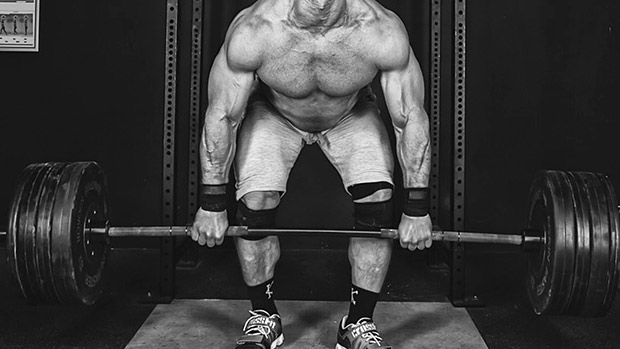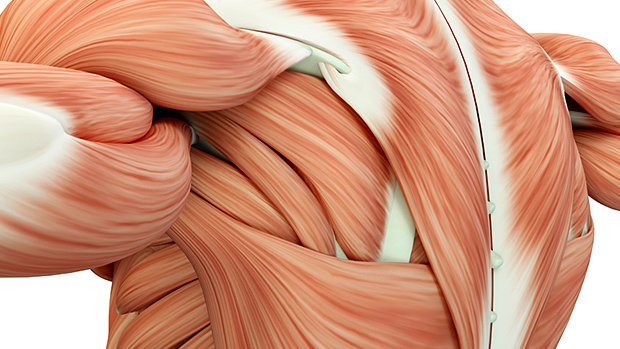How many lifters train to become more powerful? Do YOU make power training part of your program? Well, you should consider it. You'll unlock more strength, more athleticism, and more muscle.
Power is the ability to produce force quickly. And remember, as you age you lose power twice as fast as strength. But a recent study by Franchi et al. showed that plyometric training is an effective intervention. It produces a rapid increase in muscle mass and power, no matter your age.
Jumping, throwing, sprinting, and the Olympic lifts will heavily recruit fast twitch muscle fibers (which have the highest propensity for growth) as well as help improve your athleticism and prime your nervous system for the heavier strength training that follows.
Luckily, this doesn't require a complete program overhaul, just a few extra minutes and a bit of planning.

Looking at the force velocity curve, the far left is max strength. This is the heavy stuff, and of course the loads don't move very fast. This is where most lifters spend the majority of their time, and rightfully so. However, if you never venture outside of that, you're leaving a lot of progress on the table.
As you slide down the curve, the loads will lighten up and the speed of movement will increase. Knowing what you're trying to accomplish will help you pick the right tools at the right loads for the task at hand.
For example, if you're performing 10 reps of hang cleans, you're not really training strength-speed like you might think. The speed of the reps isn't fast enough to be improving speed-strength either. You end up in a middle ground: doing things that make you tired, but don't make you more powerful.
Or maybe you're using a medicine ball that's far too heavy to throw fast enough to make any improvement in the speed-strength area, or "sprinting" for a minute or so. Again, the tools aren't the issue, but the application of them needs to be better.
Before your strength training sessions, pick one or two movements from various sections on the force velocity curve that match up with the main movement pattern you'll be tackling in your lifting. Here are some ideas:
Squat
- Olympic lifts
- Box jumps
- Loaded squat jumps
- Heavy sled marches (10 yards)
- Sled sprints (10-20 yards)
- Single-leg hurdles
- Short sprints
Deadlift
- Olympic lifts
- Heavy sled marches (10 yards)
- Sled sprints (10-20 yards)
- Loaded trap bar jumps
- Broad jumps
- Kettlebell swings
- Short sprints
Upper Body Days
- Medicine ball throws: chest passes, lateral throws, overhead soccer throws, slams
Keep your reps on the low end. Make sure the last rep of each set is just as explosive as the first. As a rule of thumb, do 2-4 sets of 3-10 reps. The lighter the implement, generally the higher the rep range (8 medicine ball throws isn't the same as 8 dumbbell snatches).
The trickiest part of training for power is figuring out how much weight to use on things like sled sprints and loaded jumps. Remember, moving with speed is the goal, not loading the movements up so heavy that you hardly leave the ground or are moving at the speed of smell.
And don't get caught up in the "more is better" game. More just means slower, and slower doesn't equate to more powerful.
- Bouncing Back! Counteracting Muscle Aging With Plyometric Muscle Loading. Franchi MV1,2, Monti E3, Carter A4, Quinlan JI5, Herrod PJJ4, Reeves ND6, Narici MV3





